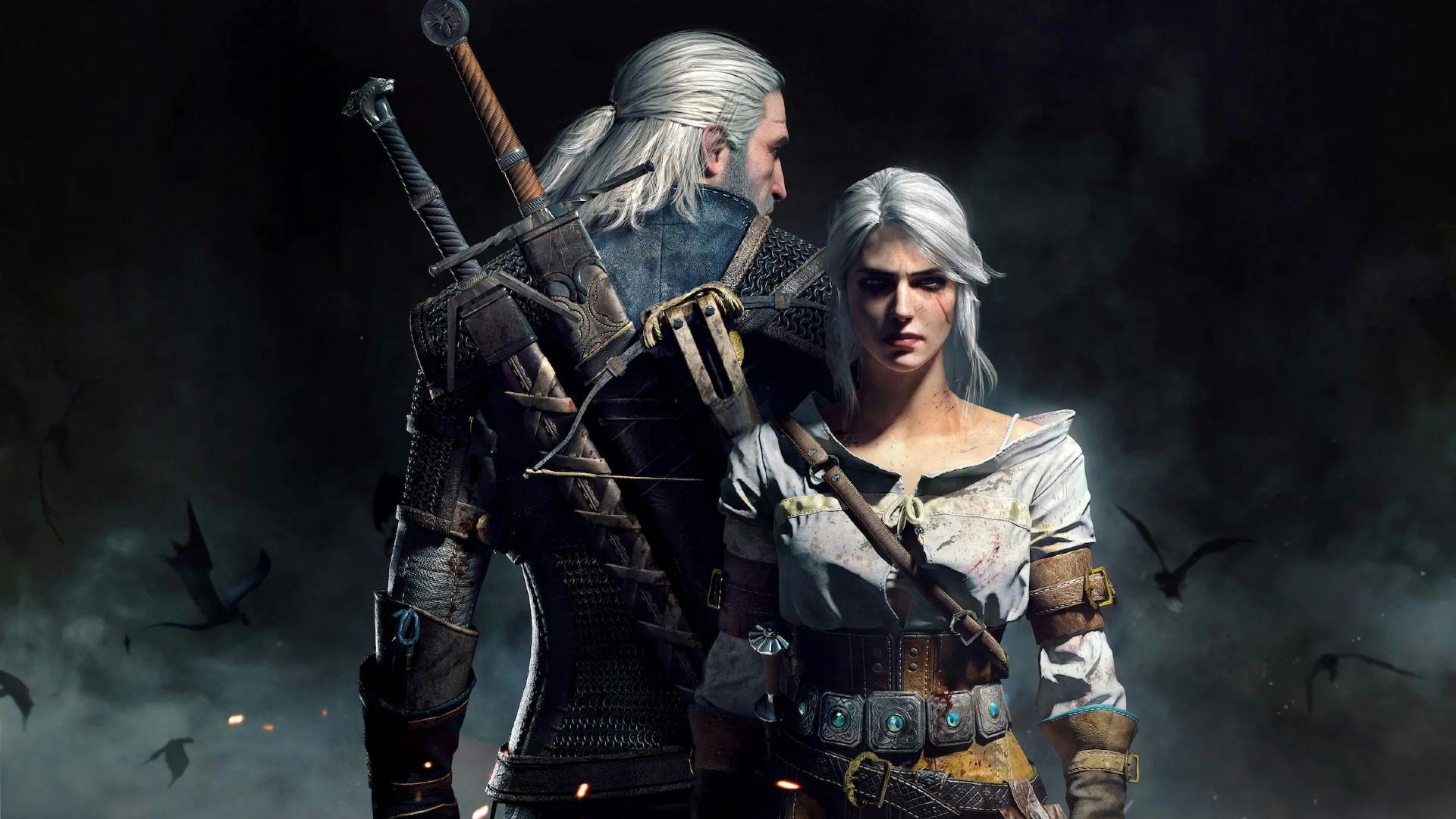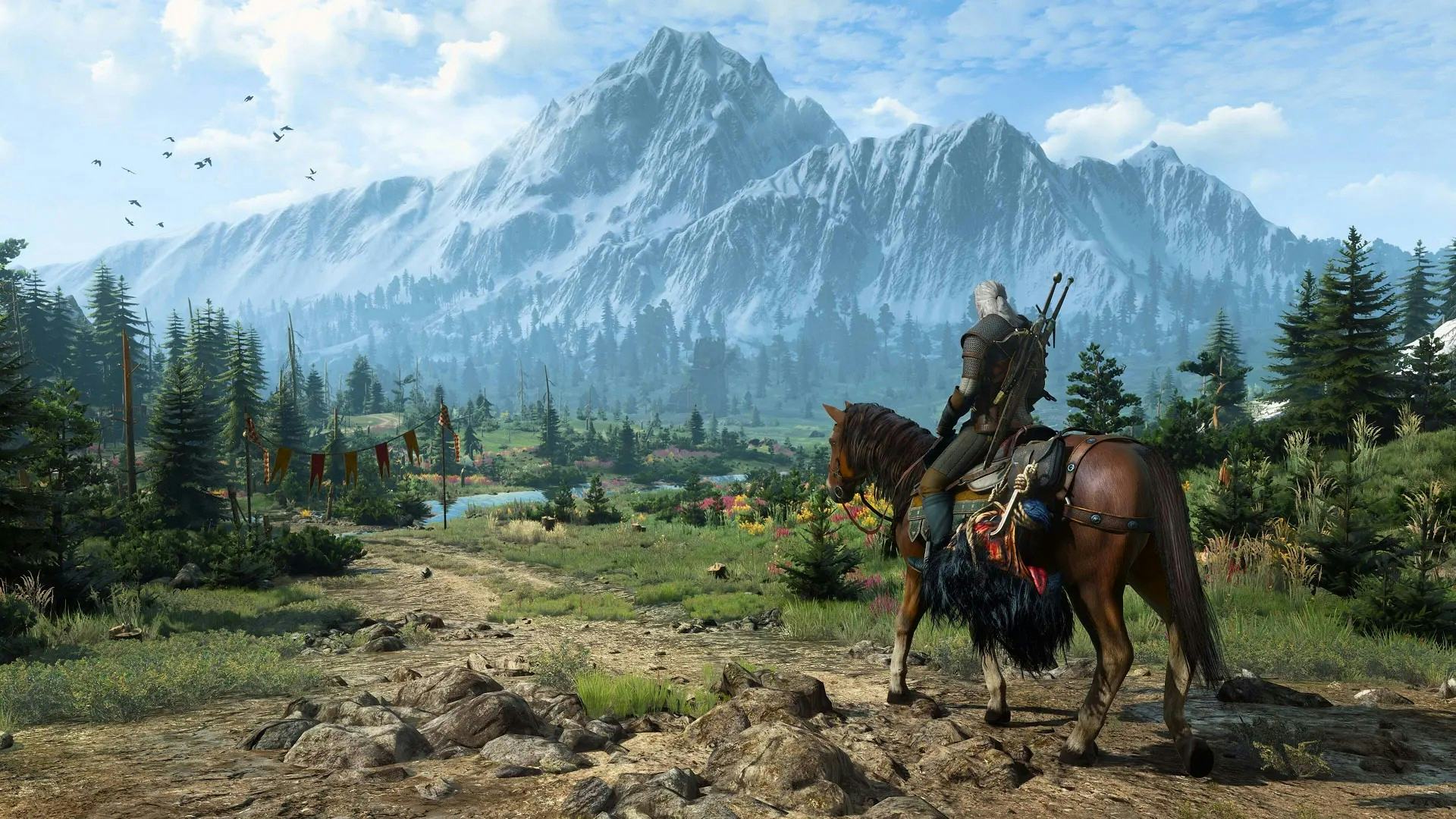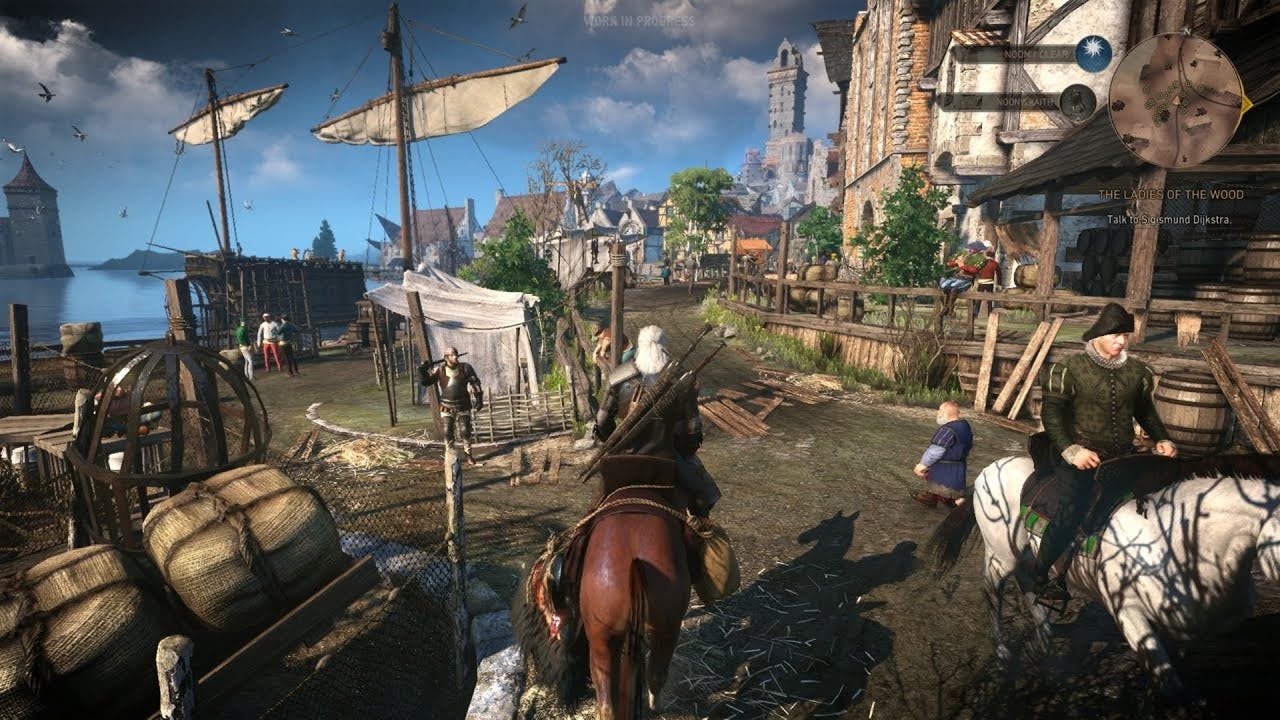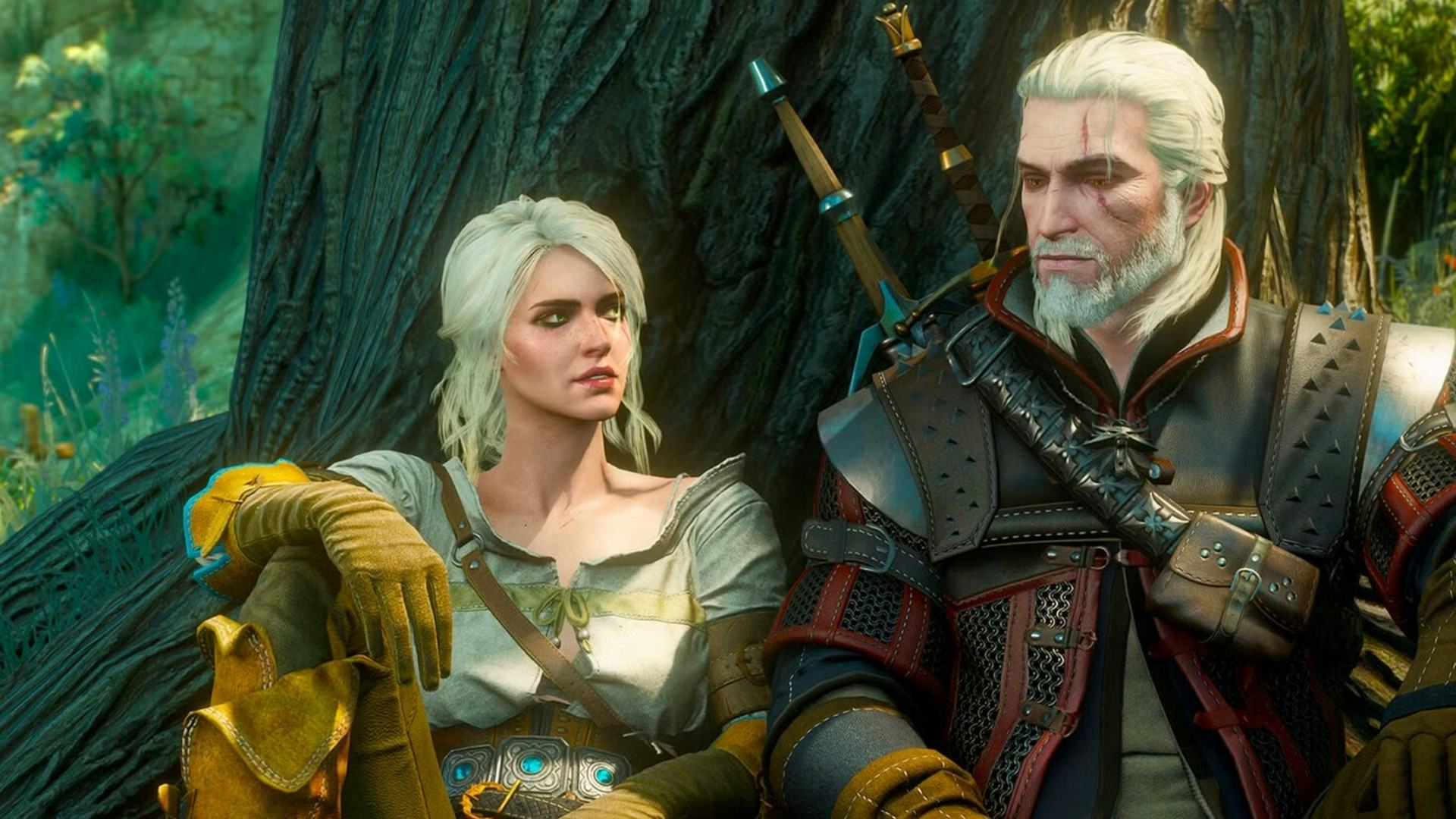
The idea of player choice is a topic that’s been talked about ad nauseam, decades of discourse about how games utilize the player’s input and sense of agency. Hundreds, if not thousands of games, claim to have “important” choices for the players, worlds molded by how you interact with them. But very few have managed to succeed at that in the way The Witcher 3: Wild Hunt does. While The Witcher 3 felt revolutionary at the time, ten years later that feels even more true — as its influence is abundantly clear to see.
While the first two Witcher games had their share of fans, in 2015, the series wasn’t the gargantuan worldwide hit that it is today. In the decade since The Witcher 3, we’ve gotten three spinoff games, three seasons of a Netflix television show (obviously inspired by the games), a spinoff TV show, multiple animated projects, and more. All of that is a testament to the impact of The Witcher 3, and how the game crafted one of the most compelling worlds we’ve ever seen in a video game.

In The Witcher 3, you play as Geralt of Rivia, a legendary monster hunter known as a Witcher — given their powers through mutations. Despite providing the vital service of monster slaying, Witchers are often harassed and discriminated against because of the people’s inherent distrust of anything magical and different. The Witcher 3 has an overarching story of Geralt trying to find his adopted daughter Ciri, but the real magic of the game lies in the way it builds its world, compels players to see and do everything, and expands on the very idea of “role-playing.”
In many ways, The Witcher 3 feels like the proper evolution of ideas put forward by the Mass Effect franchise. Specifically, a well-defined protagonist that has their own ideals and personality, but is still easy for the player to imprint onto. What that means is Geralt falls into a fascinating middle ground, where he’s simultaneously the player and a defined character, just like Commander Shepard in outer space.
This integrally alters how you play The Witcher 3 in a lot of ways. As major decisions come up you aren’t just considering what you would do, but what your version of Geralt would do — how it ties into his view of the world. That last bit is important, because The Witcher 3 spends liberal time establishing Geralt’s place in the world and his views on the various factions and political forces — despite the idea that Witchers themselves are neutral. Geralt is very much not a neutral force in the world, and everything you do is tinged with his morality and self-interest. It’s a dynamic approach to storytelling that really lets the game’s world breathe.

But that’s coupled with the way The Witcher 3 completely revolutionized open-world design, putting the emphasis on discovery. While The Witcher 3 does have hundreds of little icons to discover on its map, there’s a constant sense that you’re discovering new things, mostly because of the way the game utilizes surprise.
Doing what seems like a simple side quest for an old woman actually ends up being a massively important narrative quest that brings back a major Witcher 2 character, and creates choices that play out later in the game. Stumbling onto a monster hunt reveals a harrowingly tragic story about a bride catastrophic wedding day. That idea of surprise even appears in the main story, with questlines like The Bloody Baron turning into shocking moral conundrums that go far beyond simple monster hunting.
The Witcher 3 essentially breadcrumbs that sense of surprise throughout its 100-plus hour experience, making sure there’s always some kind of open-world discovery, narrative twist, or compelling side quest to keep you invested in the game. Of course, as you do all that you get a better sense for the world’s people and culture, which then loops back around into Geralt’s place in the world.
That sense of discovery and surprise is something we’ve seen countless open-world games strive for ever since. Breath of the Wild, Assassin’s Creed: Shadows, Kingdom Come: Deliverance, Elden Ring, GreedFall, Dragon’s Dogma 2 — all of these games follow in the footsteps of The Witcher 3 in some way or another.
But the cherry on top is Geralt’s quest for Ciri, and how the closer you get to the end of the game, you realize Geralt isn’t the “main” character of this story. While you’re seeing everything from his perspective, in the grand scheme of the overall narrative, Ciri is actually the hero. Ciri is the one with a future decided by the choice made in-game, the one who really impacts the world, kings, and countries. But Geralt is experiencing the world, and he’s the one who influences the decisions Ciri makes.

In a way, it makes perfect sense that The Witcher 4 is going to star Ciri, as The Witcher 3 is really an experience about passing the torch. A tired, grizzled veteran seeing the world one more time before he lets his daughter loose on the world, and trusts her to do what’s right. It’s telling that the game’s ending is more about Ciri than it is about Geralt. It’s a wonderful way to tie up everything the game does with a bow.
I could talk about everything The Witcher 3 does right for days, as I haven’t even touched on the game’s combat and preparation, ingenious monster hunts, or fantastic expansions. But the heart of The Witcher 3 really is that sense of ownership over the story, and how the player’s choices integrate with the structure of the world and Geralt as a character. It created one of the most compelling role-playing experiences in gaming history, setting a new gold standard for the genre that others have been chasing ever since.







